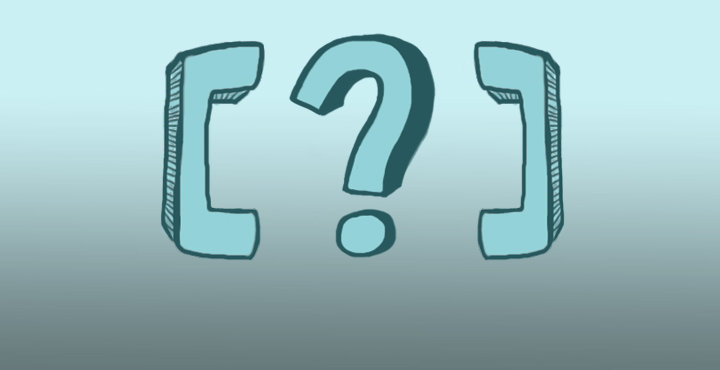A guide to using full stops properly
If you're North American, you may be wondering what full stops are exactly. Well, here's a hint—there is one at the end of this sentence. The main function of full stops, or periods, is to mark the end of a sentence.
Seems simple enough, right?
You may even be wondering if there is anything else to say about periods, so let's go over the history and finer points of using this oh-so-important, but underappreciated, piece of punctuation.
A history of the full stop
We have Aristophanes of Byzantium to thank for full stops; Aristophanes created a system of punctuation in the 3rd century BCE that forms the basis for the modern comma, colon, and period. At the time, however, the system was more about helping a speaker read a text aloud than grammatical rules. It involved a series of dots placed at different heights, separating verses and indicating when to take a breath, and for how long.
Full stops evolved from Aristophanes' periodos, the dot used to mark the large breath necessary for reading a long passage. Full stops have been called by several names throughout history—Chaucer called them points, while the Bard himself called them periods in A Midsummer Night's Dream. No matter what you call them, though, full stops are most often used to demarcate the end of a sentence.
How to use full stops: Declarative/Imperative Sentences
A full stop should be placed at the end of a declarative or imperative sentence. A declarative sentence is one that states a simple fact or argument:
The Green Bay Packers are a football team from Wisconsin.
An imperative sentence is one that gives a command:
Go to the store and buy a loaf of bread.
How to use full stops: Abbreviations
While that rule is simple enough, there are a few uses for full stops that can confuse writers. One of the most common ESL mistakes has to do with abbreviations. Full stops are used in abbreviations, and in some acronyms, and this can get tricky when the abbreviation or acronym comes at the end of a sentence. The rule for this situation is if an acronym or abbreviation occurs at the end of a sentence, do not use two periods. This is called haplography, which is when something is written once when it should logically come twice.
Correct:
He was thinking about moving to the U.S.
Incorrect:
He was thinking about moving to the U.S..
How to use full stops: Parentheses (brackets)
Full stops can also cause causes problems when parentheses are used; if an entire, independent sentence is enclosed in parentheses, a full stop goes outside the parentheses. If the parenthetical aside occurs within a sentence, the full stop goes on the outside of the parentheses, even if what is inside is a complete sentence:
- Amy decided to have a dinner party with several friends. (However, she had yet to decide who to invite.)
- Amy decided to have a dinner party with friends (however, she had yet to decide who to invite) Saturday.
- Amy decided to have a dinner party with several friends (she wasn't sure who).
How to use full stops: Quotation marks
Finally, we should note there is a difference in American and British English regarding the placement of full stops with quotation marks. In American English, periods are always placed inside quotation marks that occur at the end of a sentence, even if that is not where the period fell in the original quotation. It should always be done, even when the quotation marks contain only a single word–even if it doesn't seem sensible. This is called "typesetters quotation" or "aesthetic punctuation," and it applies to commas as well.
In British English, full stops should only be placed inside sentence-ending quotation marks if it maintains the punctuation of the original source; this is sometimes called "logical punctuation."
And that's really all there is to it. As long as you remember that a full stop comes at the end of a sentence, you really can't go wrong. If you are worried about period placement, or are unsure about the differences between American and British English, consider using Scribendi's expert proofreading services.
Image source: Tim Gouw/Unsplash.com





